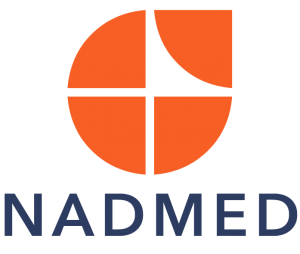Story behind NADMED
Anu Suomalainen Wartiovaara’s (ASW) Laboratory at the University of Helsinki explores how metabolic cell organelles – mitochondria – function regarding health and disease. When researching energy metabolism in mitochondria, the group identified a gap in available analysis methods. No method to measure NADs from common sample types, particularly blood, was suitable for clinical laboratory use.
Mass spectrometry is the only available solution to accurately measure NAD+, which is highly accurate but expensive with low throughput and capacity. Mass spectrometry is also limited in its scope – only able to measure two out of the four types of NADs reliably from a single extract. Previous attempts to create a more straightforward method had suffered from major technical problems leading to inaccurate results.
ASW Lab succeeded in a demanding task, developing a reliable yet simple method, allowing quick analysis of all four NADs and two forms for glutathione – another key metabolite in energy physiology and REDOX metabolism. Notably, the NADMED method works with common sample types – including blood – via standard laboratory equipment available in clinical chemistry labs. It became apparent that the new technology has the right ingredients to become the new gold standard method for measuring NADs in all sample types, including those from human patients.
